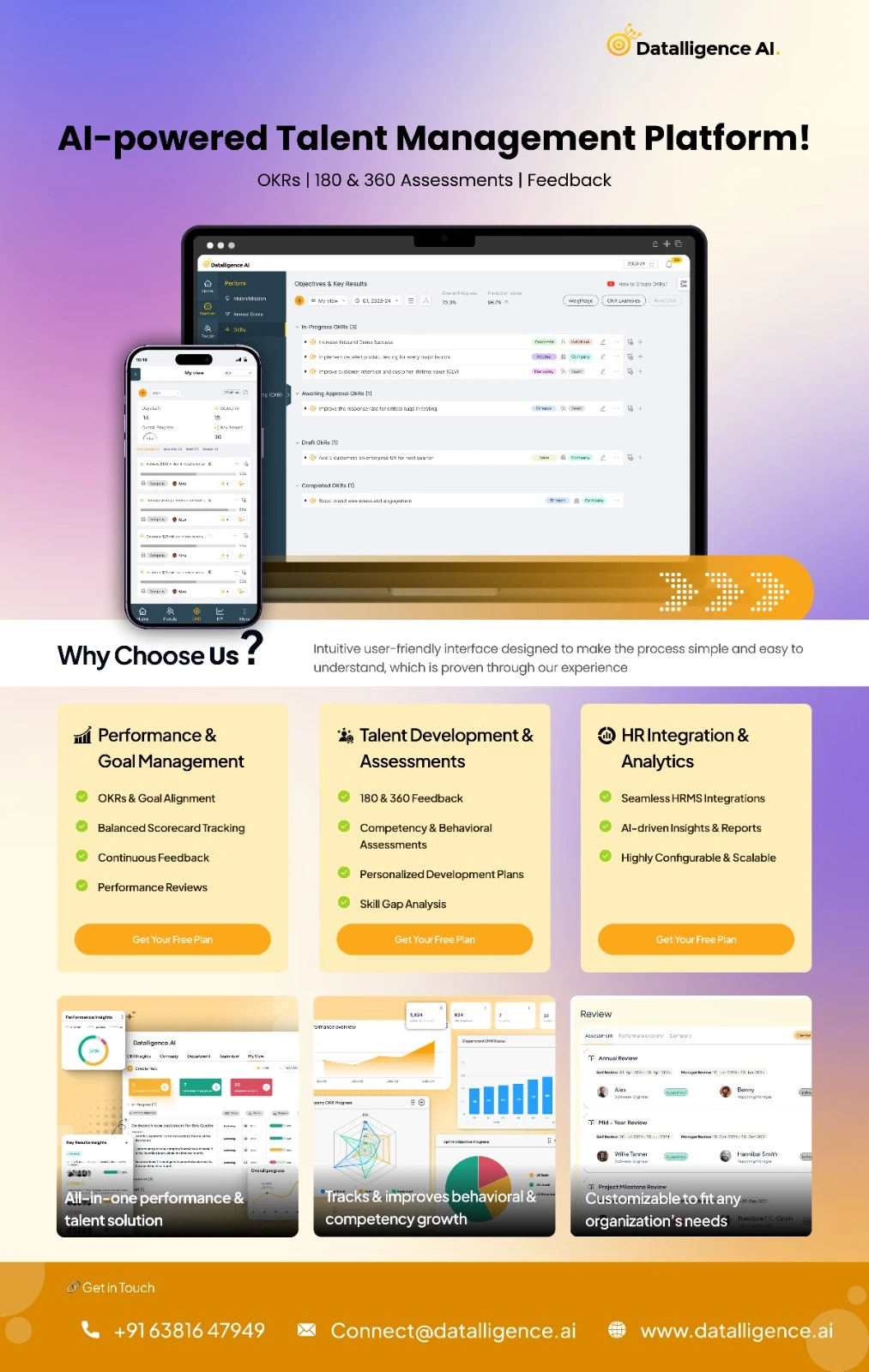Despite the desire for more strategic achievement, research shows that only 8% of leaders are proficient in both strategy and execution, leaving employees in the dark about company goals.
Did you know that almost 95% of a company’s employees are unaware of, or do not understand, its strategy?
Mind-blowing right🤯
There are philosophies of how to get the right stuff done.
But, The two popular methodologies for achieving strategic success are OKRs and Agile.
However, some argue that these approaches are incompatible, while others seek ways to merge them effectively. Lets us explore more about this.
What are OKRs
OKRs, or Objectives and Key Results, is a powerful goal-setting framework designed to help individuals👨💼 and organizations🏢 measurably achieve their objectives. Here are some key points about OKRs and examples of how they can be used:
📌Objectives are specific, measurable, and time-bound goals that align with an organization’s mission and vision. Examples of objectives include:
- Increase revenue by 10% in the next quarter.
- Launch a new product by the end of the year.
- Improve customer satisfaction ratings by 20% in the next six months.
📌Key Results are measurable outcomes that are used to track progress toward achieving an objective. Examples of key results include:
- Increase website traffic by 50%
- Secure 10 new customers per week
- Reduce customer service response time by 25%
📌OKRs are typically set every quarter, with progress tracked and evaluated regularly.
📌OKRs should be challenging but achievable. They should inspire individuals and teams to reach for ambitious goals while still being realistic.
📌OKRs are designed to align individuals and teams with the broader mission and vision👀 of the organization, encouraging collaboration and accountability.
What is Agile
Agile is a project management framework designed to help teams respond to change quickly and efficiently. Here are some key points about Agile and examples of how it can be used:
- Agile emphasizes collaboration, flexibility, and continuous improvement.
- Agile uses iterative development cycles, with working software produced in small increments, rather than trying to build everything at once.
- Agile relies on frequent feedback and communication, both within the team and with stakeholders.
- Agile prioritizes the most important features or tasks first, allowing the team to deliver value early and often.
- Agile encourages self-organizing teams, with team members empowered to make decisions and adapt to changing circumstances.
- Agile methodologies include Scrum, Kanban, and Lean, among others.
OKR and agile: Differences and similarities🤔
While both approaches share some similarities, they have distinct differences as well. Here are some of the differences and similarities between OKRs and Agile:

How OKR and agile work together❓
OKRs help organizations focus on the most important tasks and ensure that everyone is working toward a common goal🎯. Agile, on the other hand, is a project management methodology that emphasizes flexibility, adaptability, and iterative progress.
It is commonly used in software development but can be applied to any project or team.
Here are some ways in which OKRs and Agile can work together
📌Align objectives
OKRs can help Agile teams align their objectives with the broader mission and vision of the organization. By setting clear goals, teams can prioritize their work and ensure that their efforts are contributing to overall objectives.
📌Prioritize work
Agile teams can use OKRs to prioritize their work and focus on the most important tasks. By setting measurable objectives and key results, teams can identify the tasks that will have the greatest impact on achieving their goals and focus their efforts accordingly.
📌Measure progress
OKRs provide a way to measure progress and evaluate the success of Agile projects. By tracking progress against objectives and key results, teams can identify areas for improvement and adjust as needed to achieve their goals.
📌Adaptability
Agile emphasizes flexibility and iterative progress, which can help teams respond quickly to changing circumstances and adapt their approach as needed to achieve their OKRs.
📌Continuous improvement
Both OKRs and Agile prioritize continuous improvement, with a focus on learning from past experiences and using that knowledge to improve future performance.
Why OKRs and agile❓
OKRs and Agile are often used together because they provide complementary benefits.
OKRs help teams focus on the most important tasks and measure progress toward achieving their goals. Agile processes help teams be flexible and adapt to changing circumstances. By combining the two, teams can prioritize their work, respond quickly to changing needs, and continuously improve their performance.
This results in better collaboration, transparency, and achievement of organizational goals.
Conclusion
OKR Agile methodology combined can complement each other and fill the gaps in Agile such as in scaling the results, having clarity in the end goal rather than just focusing on the minute changes, etc. OKR Agile means that your organization has a scalable, transparent management system. You can now partner up with Datalligence and fill up the gaps in your Agile team.
Talk to our experts on this subject matter and gain more insights or try Datalligence for free.











